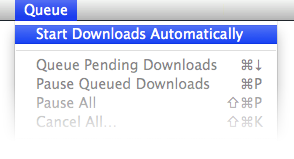Today, we’re releasing updates to nearly every app in our collection: Butler, Desktop Curtain, Key Codes, Keymo, Leech, Moom, Name Mangler, Time Sink, Usher, and Witch.
Why the massive update day? First off, a few of the apps have some Yosemite appearance changes (any of the apps that have a menu bar icon, for instance)—and we know at least some of you are using the Yosemite preview. So that’s one cause for the massive number of updates. But not the main cause.
The main cause is that Apple is changing the rules for Gatekeeper in the upcoming OS X 10.9.5 (and obviously in Yosemite as well). This change, as discussed on The Mac Observer, could cause many apps (including ours) to warn users about running insecure software. (Our apps are not insecure, but the change in Gatekeper would make it look like they are.)
Because of the unknown release date for 10.9.5, we’ve taken the unusual step of releasing our direct version updates today, before the App Store versions are ready to go. We’ve submitted the App Store updates to Apple, but given the Gatekeeper change and the huge number of apps that need to be reapproved, we don’t know how long approvals will take.
If you’re a direct customer, you can get updates via in-app updating, or by downloading a new version from our web site. Our App Store updates are marked to release automatically, as soon as Apple approves them. As each is approved, we’ll do our best to note it on Twitter, so that you can get the updates as soon as possible.
For full details on any app’s update, go to that app’s page, then click on Release Notes (e.g., Moom’s release notes).
 Many Tricks
Many Tricks

